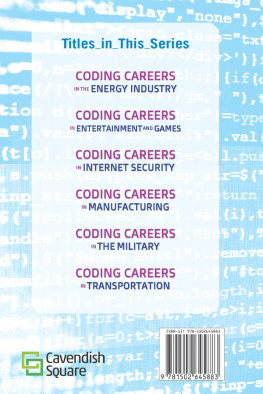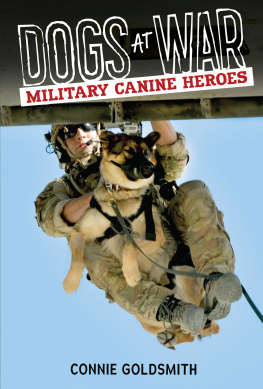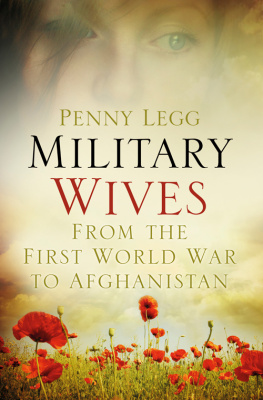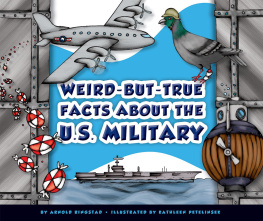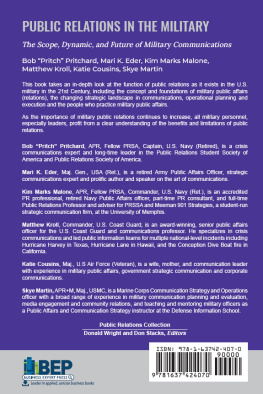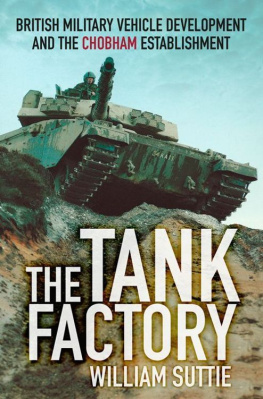100
MILITARY
INVENTIONS
THAT
CHANGED
THE WORLD
100
MILITARY
INVENTIONS
THAT
CHANGED
THE
WORLD
ROD GREEN

Constable & Robinson Ltd
55-56 Russell Square
London WC1B 4HP
www.constablerobinson.com
First published in the UK in 2013 by Robinson,
an imprint of Constable & Robinson Ltd
Copyright 2013 Rod Green
All rights reserved. This book is sold subject to the condition that it shall not, by trade or otherwise, be lent, re-sold, hired out or otherwise circulated in any form of binding or cover other than that in which it is published and without a similar condition including this condition being imposed on a subsequent purchaser.
A copy of the British Library Cataloguing in Publication Data is available from the British Library
ISBN 978-1-47210-665-0
eISBN 978-1-47210-670-4
Printed and bound in the UK
10 9 8 7 6 5 4 3 2 1
Cover design by Design 23; Cover photos courtesy of Press Association; Images apart from (top right) Design 23
CONTENTS
INTRODUCTION
100 MILITARY INVENTIONS THAT CHANGED THE WORLD
Deciding exactly what to include in a book of military inventions requires a bit of head scratching. What precisely constitutes a military invention? Not everything used by the military was purposefully invented for them, after all. Over the centuries, soldiers, sailors and airmen have been issued with mountains of kit to keep them healthy, well fed, warm and dry from toothpaste to tarpaulins but not everything that comes as part of a soldiers kit was necessarily originally designed by or for the military. Neither can many of the things that service personnel need to do their jobs be described as items that have changed the world, which is the other major criterion for inclusion in our list.
Some things, like the hand grenade or the Kalashnikov assault rifle are clearly intended for military use and have had such an influence on military planning, battlefield tactics or public perception that they can be said to have changed the world. Some things, like tanks, aircraft carriers or the atomic bomb, are obvious military items that have most definitely changed the world. They can be given a big, confident tick and slotted into the book.
Yet there are other inventions that might not at first appear to have any military connection that have influenced the world around us in an extraordinary variety of ways. Preserving food by sealing it in tin cans is a technique that was developed primarily because there was a military market for the end product. Titanium is in widespread use in the modern world only because a metal that was incredibly strong, yet lightweight and resistant to corrosion, had obvious military applications.
And then there is the space programme. Over the years, NASA (National Aeronautics and Space Administration) has cultivated an image as a civilian scientific organisation and its first director, Dr Thomas Glennan, was an engineer and academic. But the organisations that Dr Glennan brought together under the NASA umbrella included the US Air Force and the Department of Defenses Advanced Research Projects Agency, the US Army Ballistic Missile Agency and part of the Naval Research Laboratory. The first astronaut, Alan Shepard, was a former US Navy fighter pilot; the first man on the Moon, Neil Armstrong, was also a former US Navy fighter pilot; and the space race was, in any case, inspired by the Cold War and a desperate rush to put spy satellites into orbit that could photograph military installations. Anything, therefore, that was invented by or in association with NASA, or was developed as a spin-off from the US space programme, can surely be regarded as fair game and should be included in this book as long as it changed the world a bit.
Space-age inventions constitute a fair proportion of the book, but do not dominate the pages completely. There are many ancient devices, like the trebuchet or the cannon, that can be said to have changed the course of battles, altered the political map and, therefore, changed the world. The Chinese crop up on a regular basis, having invented gunpowder and discovered a host of other fascinating things, such as the principles of helicopter flight. They didnt always develop their discoveries into military inventions but they often did most of the ground work centuries before the more industrialised nations of the western world turned Chinese ideas into weapons of warfare.
Because so many of the inventions featured have a history that can be traced back hundreds, if not thousands of years, the idea of putting them in any kind of chronological order quickly had to be abandoned. In the end, the entries work far better presented in a more random way, allowing you to dip in to the text without always finding the shiny stainless steel and titanium things at the end of the book and the creaky old wooden stuff at the beginning. Hopefully, that helps to make the whole book as entertaining as possible, with a few surprise inventions that you never realised had anything whatsoever to do with the military cropping up amongst the military hardware of death and destruction.
DINNER IN A TIN
(CANNED FOOD)
An army marches on its stomach, so the saying goes, but feeding an army, or sailors who might have to spend months on end at sea, has always posed something of a problem. HMS Victory, famously Admiral Lord Nelsons flagship at the Battle of Trafalgar in 1805, carried enough provisions to sustain her crew of 821 for up to six months. Pork and beef were heavily salted and packed in barrels, and there were also barrels of fresh water, peas, vinegar, wine and beer. The barrels were heavy, making them good for ballast on board ship but very difficult for an army to transport cross country. In any case, the contents of the wooden barrels would inevitably spoil after a time. Ships had to head for port to be resupplied and armies had to scour the countryside for food.
Until Louis Pasteurs experiments in the 1860s proved that micro-organisms were responsible for food going off, no one understood exactly why packing things in barrels was a futile exercise without first having sterilised the containers and their contents to kill the bacteria and then sealing them airtight to keep out all the micro-bugs. People simply knew that cramming food into barrels, even when the food was heavily salted, wouldnt preserve it indefinitely. It was a major headache for military planners. They had vast armies to feed and when thousands of hungry soldiers arrived in an area they tended to strip the place of food like a plague of locusts. This filled everyone with dread when they heard the army was coming to town.
To try to find a solution, in 1795 the French military offered a substantial reward of 12,000 francs for anyone who could come up with a successful way of preserving food in a manner that could easily be transported. A French chef in Paris, Nicolas Appert was already experimenting with ways of preserving food. In the days before refrigerators, after all, food storage was a problem that affected everyone, not just the military. It took him 15 years, but Appert eventually developed a solution that seemed to work. He put food into thick glass bottles and pushed a cork tightly into the neck of the bottle, leaving a little space for air between the cork and the contents. He then wrapped the bottles in canvas to protect them, and immersed them in boiling water until he reckoned the contents were cooked. The corks were further sealed with wax and the food inside was safely preserved. In 1810 Appert was awarded the 12,000-franc prize and published a book about preserving food.
Next page


